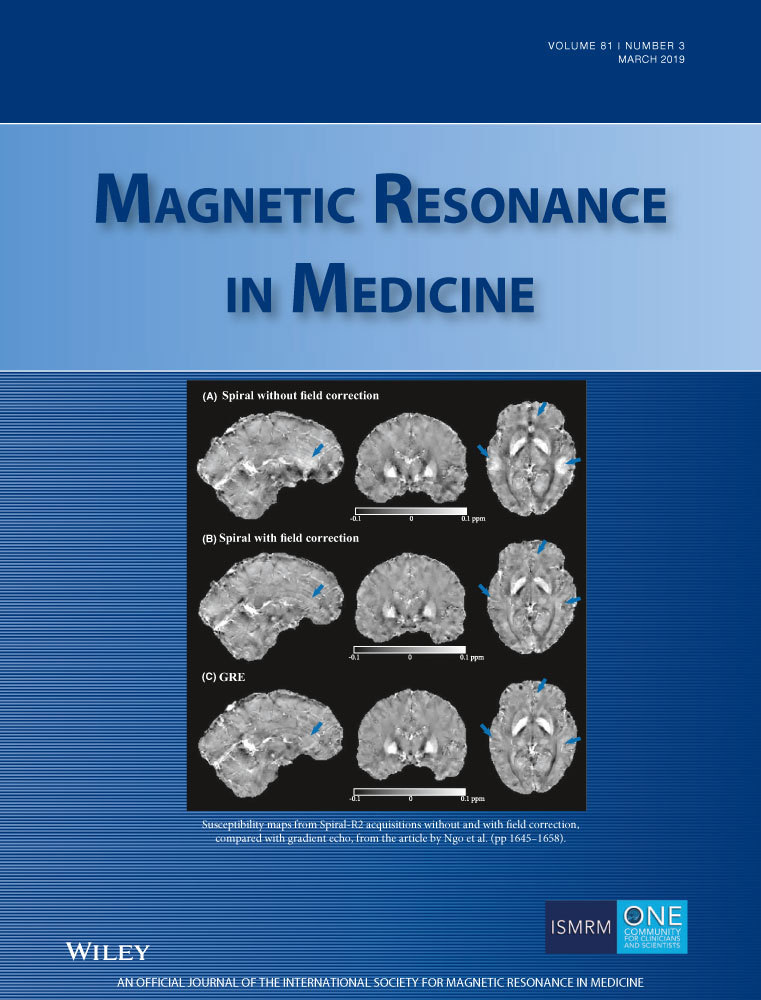Real-time Triggered RAdial Single-Shot Inversion recovery for arrhythmia-insensitive myocardial T1 mapping: motion phantom validation and in vivo comparison
Abstract
Purpose
Cardiac T1 mapping has become an increasingly important imaging technique, contributing novel diagnostic options. However, currently utilized methods are often associated with accuracy problems because of heart rate variations and cardiac arrhythmia, limiting their value in clinical routine. This study aimed to introduce an improved arrhythmia-related robust T1 mapping sequence called RT-TRASSI (real-time Triggered RAdial Single-Shot Inversion recovery).
Methods
All measurements were performed on a 3.0T whole-body imaging system. A real-time feedback algorithm for arrhythmia detection was implemented into the previously described pulse sequence. A programmable motion phantom was constructed and measurements with different simulated arrhythmias arranged. T1 mapping accuracy and susceptibility to artifacts were analyzed. In addition, in vivo measurements and comparisons with 3 prevailing T1 mapping sequences (MOLLI, ShMOLLI, and SASHA) were carried out to investigate the occurrence of artifacts.
Results
In the motion phantom measurements, RT-TRASSI showed excellent agreement with predetermined reference T1 values. Percentage scattering of the T1 values ranged from –0.6% to +1.9% in sinus rhythm and –1.0% to +3.1% for high-grade arrhythmias. In vivo, RT-TRASSI showed diagnostic image quality with only 6% of the acquired T1 maps including image artifacts. In contrast, more than 40% of the T1 maps acquired with MOLLI, ShMOLLI, or SASHA included motion artifacts.
Conclusion
Accuracy issues because of heart rate variability and arrhythmia are a prevailing problem in current cardiac T1 mapping techniques. With RT-TRASSI, artifacts can be minimized because of the short acquisition time and effective real-time feedback, avoiding potential data acquisition during systolic heart phase.




